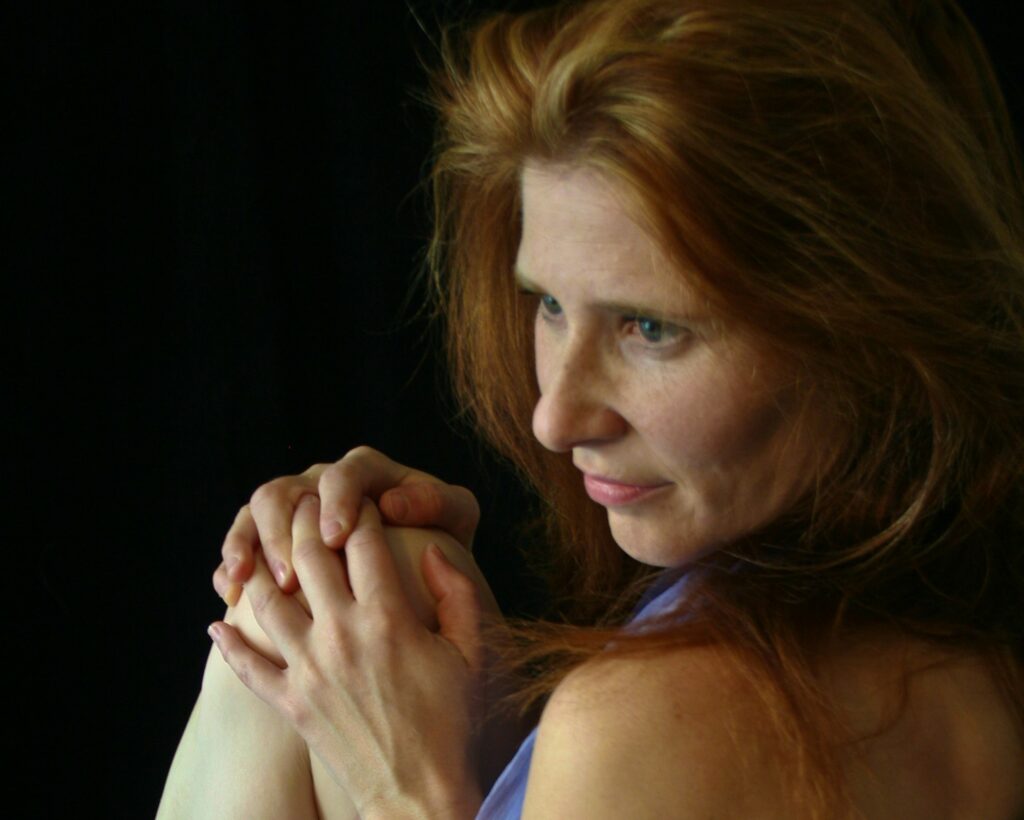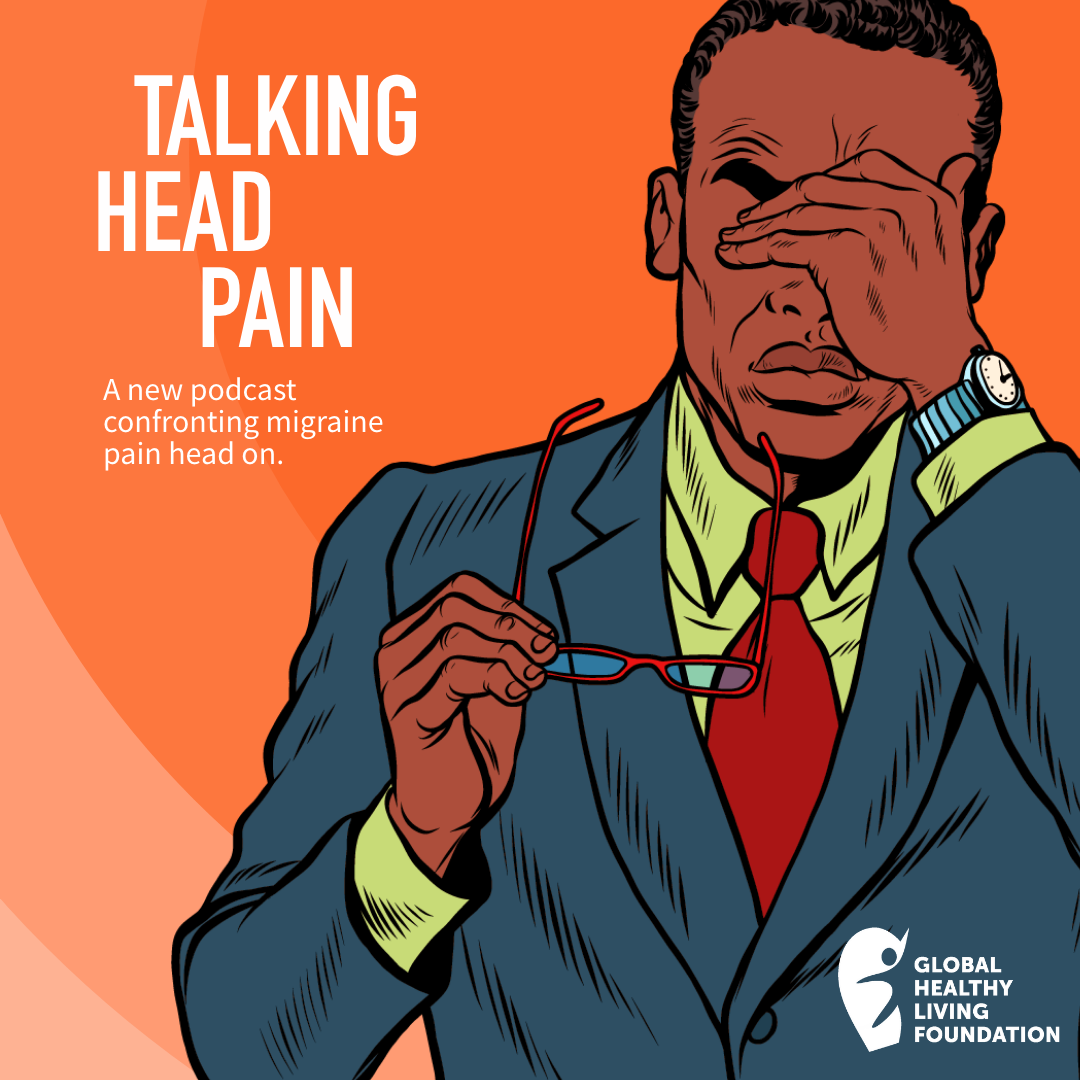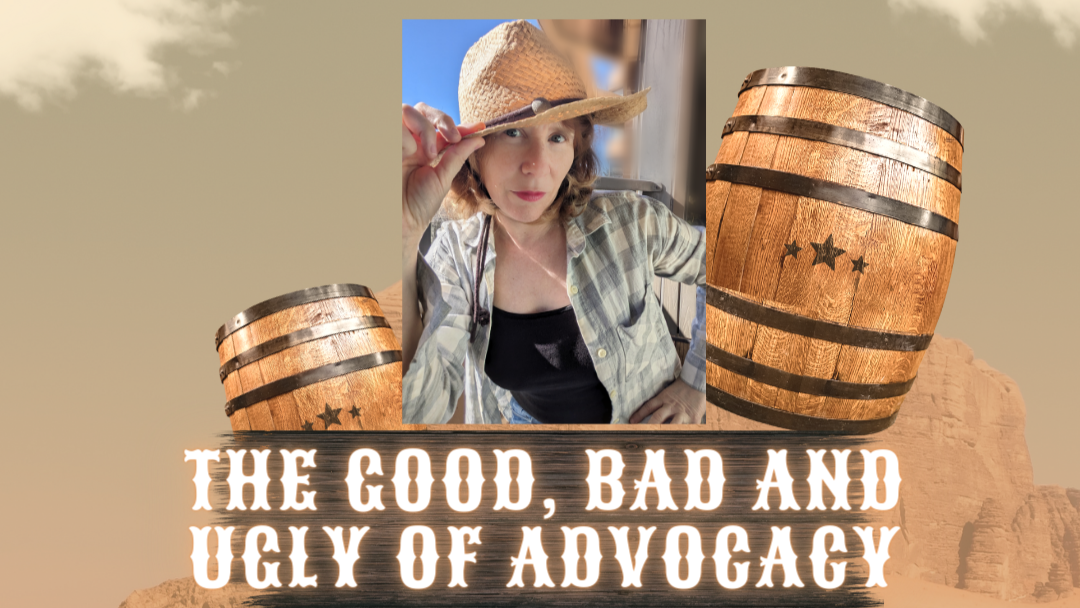I glide my toe across the polished wooden floor, a deceptively delicate slipper swaddling my foot. The hard leather sole, concealed by the soft pink leather, also houses the densely packed lamb’s wool stuffed into the toe to support my weight as I rise on my toes. I flow through my warm-up to soft music, watching my form in the mirror that takes up an entire wall of the studio.
The barre beneath my hand empowers me, and I take its energy with me as I move into the centre of the room, drawing an invisible string of pearls across the floor. When the crescendo hits, I leap and spin, reveling in the power and strength of my own body.
I’ve always been a dancer. My father says when I was 3 years old, I climbed onto an outdoor stage and twirled. After that, I attended Saturday morning art class, which combined ballet, tap, and theatre. The stage and the dance studio became my second home. I danced through my childhood, my teens, and into adulthood. Ballet was my first love, but throughout the years, I learned tap, jazz, East Coast swing and belly dance.
I trained and performed with a professional dance company, learning stylish Latin dances like Salsa, Bachata, Flamenco, and the Samba. I loved the costumes and how I moved in them, the glamour, and most of all, the music. I basked in my strength and flexibility, enjoying how I could manipulate my body — my long sinewy limbs told everyone I was a dancer — and then one day, my body changed the way I moved.
Choreographing Success with Rheumatoid Arthritis
I was diagnosed with rheumatoid arthritis (RA) while attending multiple dance classes a week and rehearsing for a theatre show. As a dancer, I was used to pain — sore muscles, bruises, strains, and sprains — so when RA danced its way into my life, I dismissed it as the daily wear and tear of the physical life I was conditioned to withstand. But RA proved to be a new kind of pain, a hot, swollen mess that stole the fluidity from my body and brought a crushing fatigue into the choreography. I could not keep up with the physical demands, and the music stopped for a little while.
Determined to keep dance in my life, I went to physiotherapy and learned how to move without causing damage to my joints. I learned to listen to the music of my body — soft and low, easy and gentle. I stayed in shape with yoga and swimming. My husband and I took walks on weekends and after dinner. The music was always playing in my head. I heard it in the trees and the underground streams beneath our feet. It was never a question of if I would return to dance, but when.
Once I had RA mostly under control and understood how it affected my body, I tried to restore dance to my life by attending salsa socials. My body knew how to move, but my partners were not always experienced leaders, and beginners could be a bit rough on my hands and elbows while learning to lead a partner.
Six years after my diagnosis, an amazing opportunity presented itself. My husband was directing a pantomime, and the production needed a choreographer. I was thrilled to step into the job. I was worried at first that I might not be able to deliver, but once I heard the music, I saw the dance moves in my head, and the steps came naturally.
I successfully choreographed six routines with a cast of 17. Drawing on my own experience and knowing not everyone had dance skills, I studied the physicality of the cast and created choreography that matched how they naturally moved. It was a roaring success.
From Ballet to Ballroom
After the show, my husband and I decided to enroll in a weekly ballroom dance class. I traded my pink leather ballet shoes for glittery ballroom dance shoes. Any shoe with a soft sole could be worn, as long as it didn’t leave marks on the dance floor. These classes were the perfect balance keep my joints — and my soul — happy.
Ballroom dance is gentler on the body than the stringent movements of ballet. I could no longer rise up on my toes without pain, but the balls of my feet were still capable of waltzes, tangos, and a bit of West Coast swing. Ballroom dance allowed me to return to the dance floor, moving in a way that I always enjoyed, with my best friend as my partner
When I stepped into the ballroom studio for the first time, I was immediately drawn to the wooden bar along the mirrored wall. I ran the tips of my fingers along its smooth surface before putting my hand on it. I looked in the mirror and caught a flash of my younger self in a classroom of little girls in pink tights and satin slippers, hair pulled tight into an elegant bun.
That long taut angular body from long ago had given way to soft muscular curves, but it was still me. My body would have changed with time and age. RA just sped up the timeline a little, but it didn’t erase all those years of fluidity and grace.
Dance for Every Body
We can all incorporate a little bit of dance into our lives. You don’t need the extensive dance training I have to dance. Dancing is as simple as moving to music. Hands, arms, shoulders, legs, knees, feet — any part of our body that can move can dance.
We all have a natural rhythm to our movements that is unique to us. Add a little head bob, a gentle sway, a shoulder shimmy to music and you are dancing. You can do it walking, standing, sitting down and even lying down, swishing your feet back and forth like we did when we were children. Any part of the body can move to music.
I don’t see that long thin ballerina in the mirror anymore. I see a strong woman living with chronic illness and a new kind of grace. I see a life of possibilities, of learning and moving, a body not quite the same, but one that will always bear the imprint of an exhilarating life on the stage.
Stay in Touch with CreakyJoints Canada
Part of the nonprofit Global Healthy Living Foundation, CreakyJoints is a digital community for millions of arthritis patients and caregivers worldwide who seek education, support, advocacy, and patient-centered research. All of our programming and services are always provided free of charge. As we grow CreakyJoints Canada we want to hear from you. Please join our email list to stay connected, learn about new content and initiatives, and send us suggestions and ideas.






